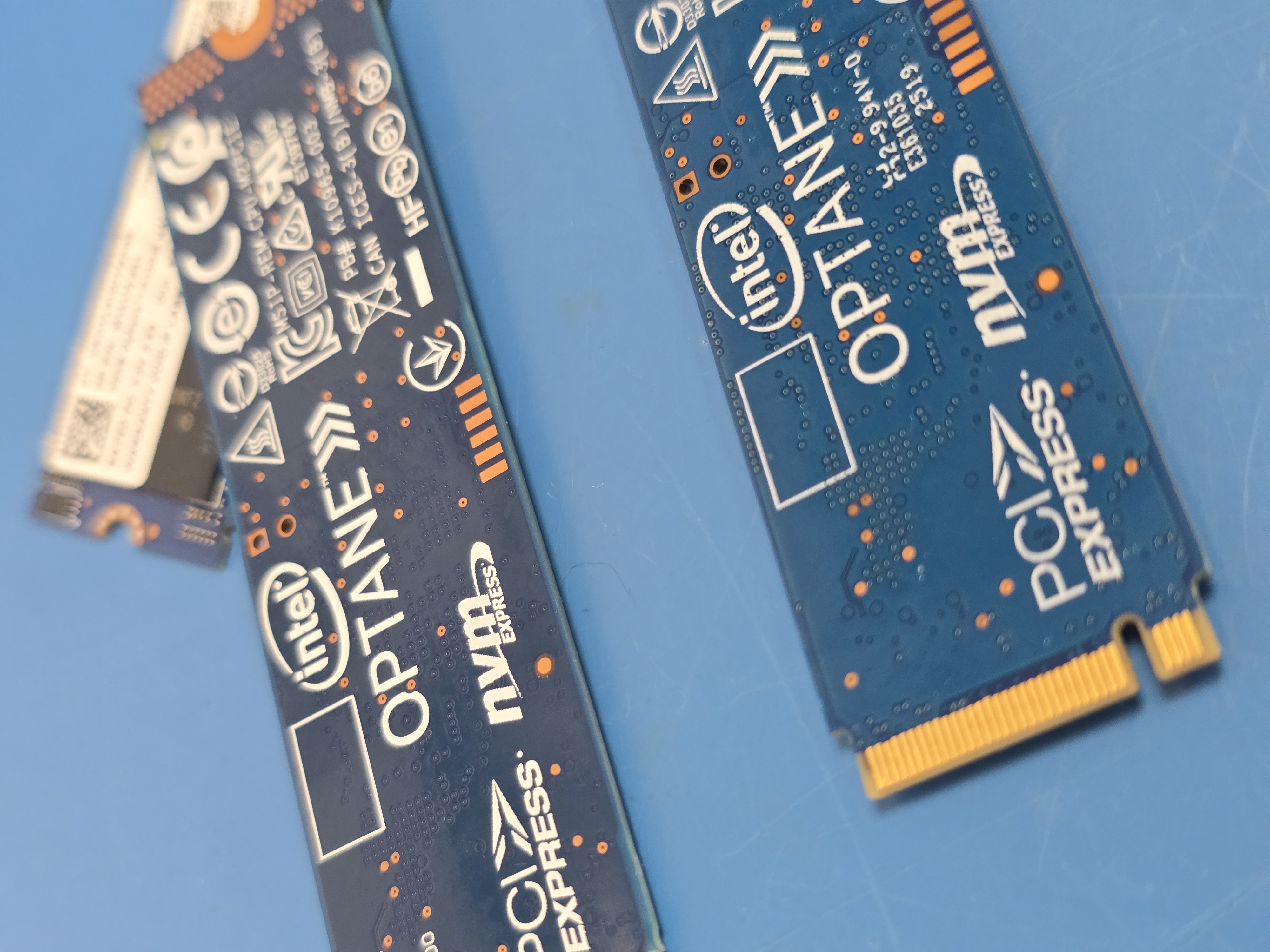
Why Choose a Hybrid Drive?
Although the majority of devices that we recover from are either pure hard drives or pure SSD’s, we do see many items in for recovery which are a blend of the two. Welcome to hybrid storage!
Choosing the right storage device for your data is a very personal choice, and will come down to various factors – affordability, capacity, performance and application. Pure hard drives will give you the best value for money, as prices have come down considerably over the years and larger drives are still relatively cost-effective ways to store large amounts of data. The size of hard drive recoveries we see here in a domestic scenario are seldom less than 1TB now (compared to when we started out 15 years ago) and we frequently see 4TB and larger drives here for data recovery. This coincides with the increased amount of data that we are all storing in these modern digital times.
SSDs are generally chosen for their speed and for the fact that they do not have moving parts that can go wrong or be damaged and although prices are somewhat less than they used to be, external SSDs are still approximately 3- 4 times the cost of a standard mechanical hard disk drive. Not only that, buying external SSDs can sometimes be risky due to the sheer volume of them in the marketplace which are non-genuine (sadly, we see an awful lot of those too).
So now we know why most people choose either one or the other, why would they choose a hybrid drive? The answer is very straightforward – you combine the impressive speeds and performance of the solid state drive, with the larger capacity and lower price tag of the mechanical hard disk drive (HDD).
How do Hybrid Drives Work?
The way that hybrid drives work is by including a small SSD cache that contains all the data that you frequently access. This means that when you boot up your device, it will be faster, so will loading applications. At the same time, data that you access less frequently is stored on the hard drive portion of the hybrid. Over time, usage patterns will even be learned by the device to optimise the performance even further.
Data Recovery from Hybrid Drives - Fusion and SSHD
One of the most common hybrid set ups we see here is an Apple Fusion Device. They are most commonly seen in iMacs (and also Mac Mini) from late 2012 until they were phased out in 2020. When we work with Apple devices from that era, we ALWAYS check whether there is an SSD present in the failed Mac, as whilst it may not be directly involved in the hard drive failure, we need BOTH portions of the Fusion to be able to perform an effective, structured recovery. This is because the SSD contains not only the frequently accessed files, but important metadata about the file structures.
There are other hybrid drives we see here too – Solid State Hybrid Drives, or SSHDs. Going back to 2010, these were mainly used in laptop and desktop devices, again to speed up accessibility of most frequently used data. Unlike the Fusion device from Apple, the actual cached part of the device was in the SSD chip placed on the main PCB (printed circuit board). Again, data recovery is approached slightly differently with SSHD’s, as although the focus is on the mechanical part of the device, we have to pay special attention to the cached portion.
In all hybrid devices, the operations will be executed by the main controller chip. This controller behaves as the brain of the system, managing and directing (controlling) the operations of all the other components.
We’ve talked about the blend of SSD and HDD drives but even SSDs themselves can be supercharged….
The Intel Optane SSD
Traditional SSDs use NAND flash storage, which in itself has already been established as having faster read/write speeds than standard hard drives. However, in this instance, the cached part of the SSD has Intel’s 3D Xpoint technology, which is much faster than a standard SSD, and they are often used in enterprise applications due to their high speeds and efficiency.
As with all Hybrid devices, recovering data from Intel Optane SSD requires a two-pronged approach; each portion of the Optane SSD (both the NAND and the Optane Cache) will need to be made accessible in order to achieve a full and structured recovery. The most common faults that we see here with Intel Optane devices is where one part of the device fails or disconnects from the other, and we have methods to work around this to recover client data.
If you have a hybrid device, whether it’s an Apple Fusion, an Intel Optane or a standard SSHD, your expert team at EADR will be happy to talk you through the options and processes required in recovering your lost data. Contact us now on 01953 667977 or fill in a contact form.
